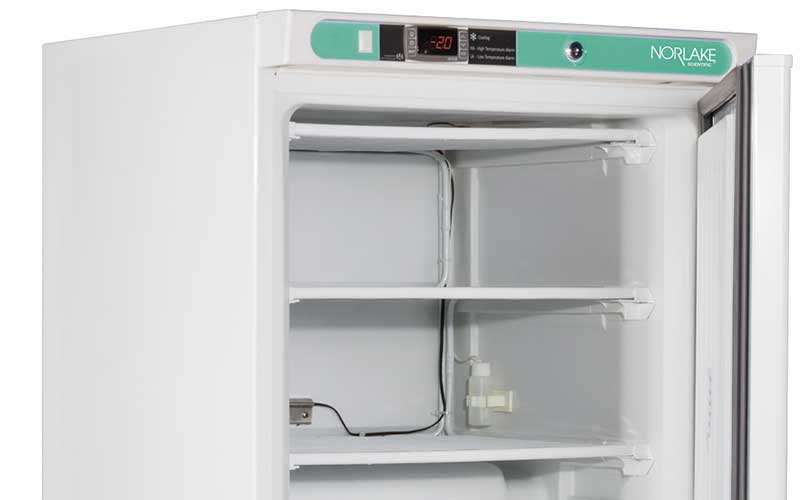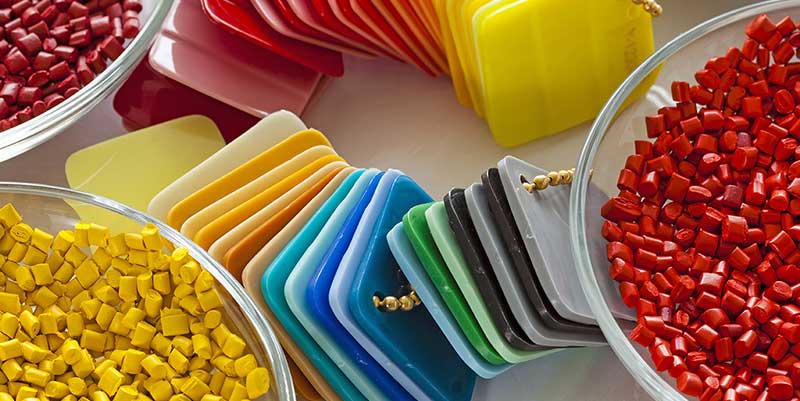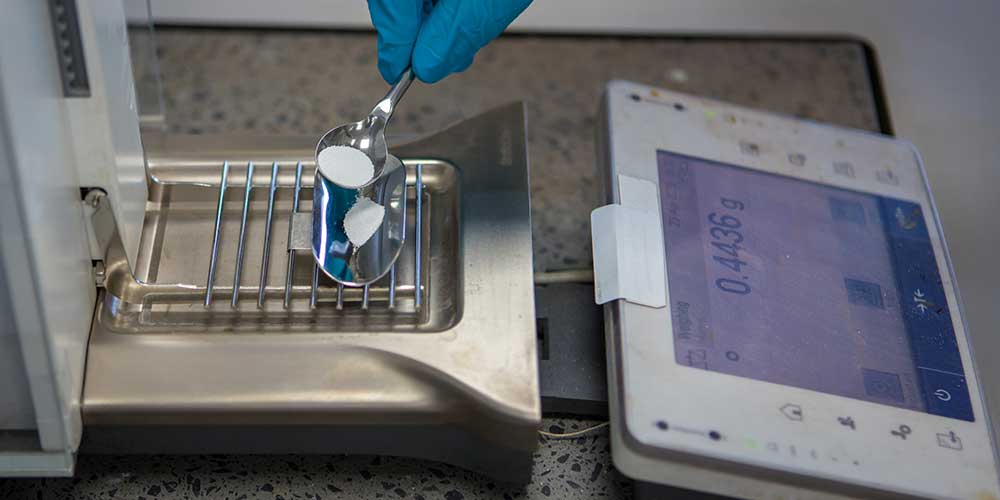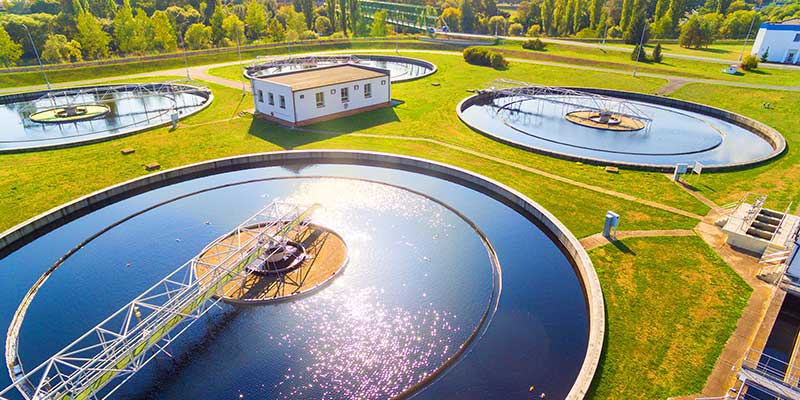Posts by Rachel Kohn
How to Select an Under Counter Lab Freezer
How to Check Pump System Accuracy for HPLC Analysis
Pump system accuracy is crucial for equipment used to conduct high performance liquid chromatography (HPLC) analysis in the pharmaceutical and other industries subject to regulatory oversight by the FDA and similar authorities. Among functions performed by HPLC are included checks for purity, monitoring changes in pharmaceutical intermediates during chemical synthesis scale-up, stability and dissolution tests,…
Ideal Moisture Balance for QC in Molding Plastics
Selection Tips for Moisture Analyzers
Ensure Hygiene with a Veterinary Ultrasonic Cleaner
How to Achieve Precision Weighing with an Analytical Balance
Ultrasonic Cleaner Boosts Efficiency
In my shop selecting the correct ultrasonic frequency to employ when operating the ultrasonic cleaner depends on the items being cleaned and what is being removed. Coarse cleaning to remove heavy contaminants is generally best performed at lower frequencies such as 37 kHz because it delivers stronger cavitation action.
Choosing a Moisture Analyzer for Sludge Dewatering Operations
Host sewage treatment plants discharge biosolids called cake containing 70 to 80% water. The balance represents nutrient-rich organic material that thanks to modern processing techniques has value both as a fuel and as a biologically inert, odor- and disease-free product for blending in soil composts.








